Government Incentives and Policies
Government incentives and supportive policies are pivotal in driving the Whirlpool Turbine Market. Many countries are implementing favorable regulations and financial incentives to promote renewable energy projects. For example, tax credits and grants for renewable energy installations can significantly reduce the initial investment burden for developers. In 2025, it is anticipated that such policies will lead to a 15% increase in new turbine installations compared to previous years. This supportive regulatory environment is likely to enhance the attractiveness of whirlpool turbines, encouraging more stakeholders to enter the market.
Rising Demand for Renewable Energy
The increasing emphasis on renewable energy sources is a primary driver for the Whirlpool Turbine Market. As nations strive to meet sustainability goals, the demand for efficient energy solutions rises. In 2025, the renewable energy sector is projected to account for over 30% of the total energy mix, with wind energy playing a crucial role. This shift towards cleaner energy sources is likely to bolster the adoption of whirlpool turbines, which are known for their efficiency in harnessing water energy. The Whirlpool Turbine Market stands to benefit significantly from this trend, as investments in renewable infrastructure continue to grow, potentially leading to a surge in turbine installations.
Growing Awareness of Environmental Issues
The rising awareness of environmental issues is influencing the Whirlpool Turbine Market. As public concern about climate change and ecological degradation grows, there is a heightened demand for sustainable energy solutions. This societal shift is prompting both consumers and businesses to seek out renewable energy options, including whirlpool turbines. In 2025, it is estimated that consumer preference for eco-friendly energy sources will drive a 20% increase in the adoption of renewable technologies. Consequently, the Whirlpool Turbine Market is positioned to capitalize on this trend, as more entities prioritize sustainability in their energy choices.
Technological Innovations in Turbine Design
Technological advancements in turbine design are reshaping the Whirlpool Turbine Market. Innovations such as improved blade designs and enhanced materials are contributing to higher efficiency and lower maintenance costs. For instance, the introduction of smart turbine technology, which incorporates IoT capabilities, allows for real-time monitoring and optimization of turbine performance. This could lead to a more reliable energy output and reduced operational costs. As these technologies become more prevalent, the Whirlpool Turbine Market is expected to experience increased competitiveness, attracting investments and driving further research and development.
Increased Investment in Water Energy Projects
Investment in water energy projects is a significant driver for the Whirlpool Turbine Market. As countries look to diversify their energy portfolios, water energy is gaining traction as a viable alternative. In 2025, investments in water energy projects are projected to reach unprecedented levels, with a focus on harnessing the potential of rivers and oceans. This influx of capital is likely to stimulate the development of whirlpool turbines, which are essential for converting water flow into energy. The Whirlpool Turbine Market is expected to thrive as stakeholders recognize the economic and environmental benefits of investing in water energy solutions.


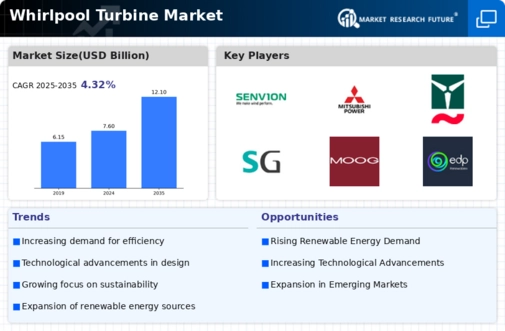

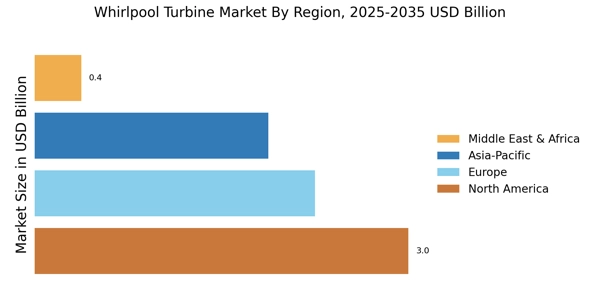
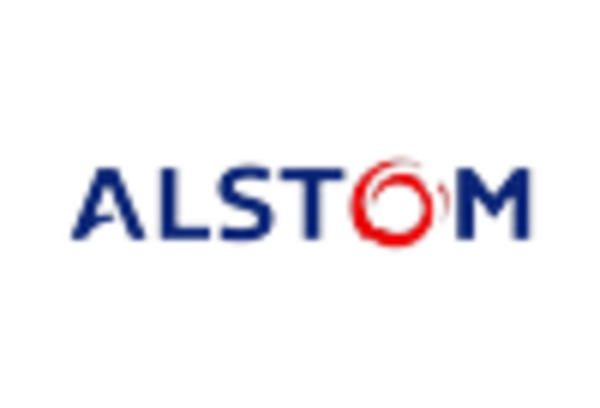
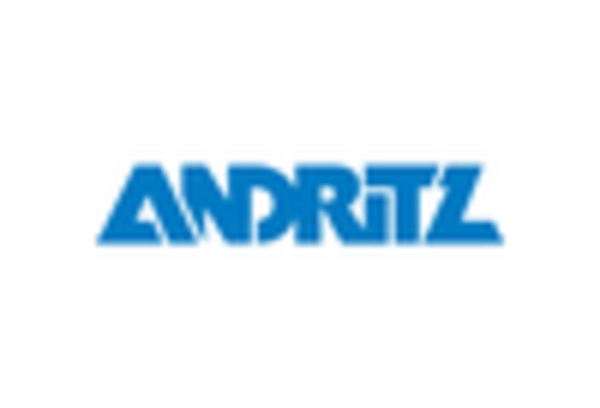

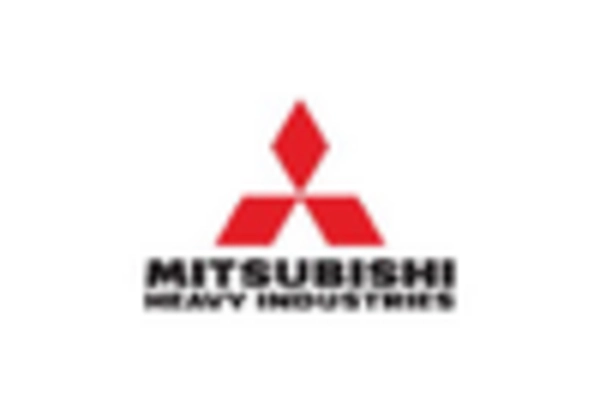

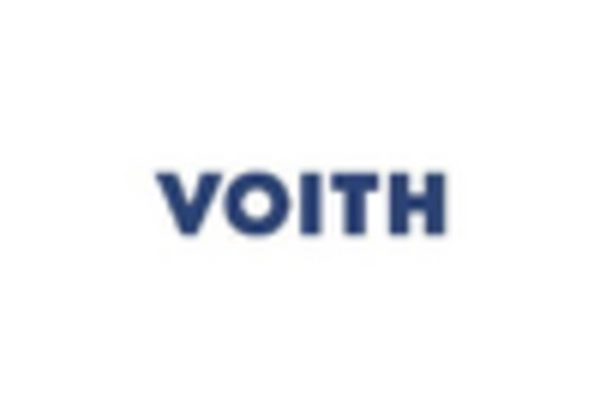








Leave a Comment